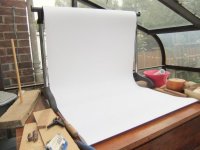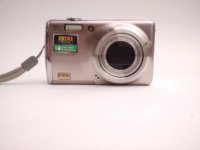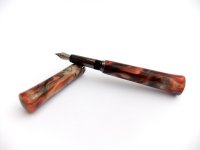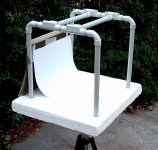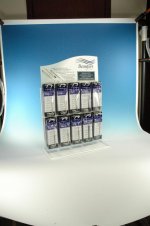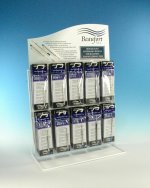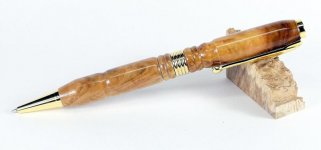Feel free to join in folks - this is intended to be a "hints and tips from our mates" kind of thread. Several people on this forum have been extremely helpful to me personally over the years, in getting my photos sorted, so every now and then, its good to pass on some of the stuff we've learned.
I'll start the ball rolling, since I've been quite vocal in another thread on the virtues of taking a good piccie......
It's possible to lavish money on a good photo setup, but getting the basics right to start with will help enormously, particularly if you don't feel inclined to buy yet more gear for an already expensive hobby. Holding the camera steady is a must, especially in low light, to avoid camera shake and to eliminate any close up out of focus issues. Cameras are quite easy to deal with as they can be mounted on a tripod or stood on a book or something, but phones and tablets are a bit more tricky.
I really do think that it's pretty imperative to have a steady camera/phone/tablet/whatever, so for anything that isn't a camera, try to find a way to stick it on some sort of home made tripod or steadying kind of arrangement. A bit of masking tape to attach it to a propped up wooden pole is all it takes, and I'm sure that others will have some different inventive methods of achieving the same thing too.
There, that's my two penneth for now. I'm sure lots of people will have something to say about lighting and backgrounds and light tents and software and photo editing and......
I'll start the ball rolling, since I've been quite vocal in another thread on the virtues of taking a good piccie......
It's possible to lavish money on a good photo setup, but getting the basics right to start with will help enormously, particularly if you don't feel inclined to buy yet more gear for an already expensive hobby. Holding the camera steady is a must, especially in low light, to avoid camera shake and to eliminate any close up out of focus issues. Cameras are quite easy to deal with as they can be mounted on a tripod or stood on a book or something, but phones and tablets are a bit more tricky.
I really do think that it's pretty imperative to have a steady camera/phone/tablet/whatever, so for anything that isn't a camera, try to find a way to stick it on some sort of home made tripod or steadying kind of arrangement. A bit of masking tape to attach it to a propped up wooden pole is all it takes, and I'm sure that others will have some different inventive methods of achieving the same thing too.
There, that's my two penneth for now. I'm sure lots of people will have something to say about lighting and backgrounds and light tents and software and photo editing and......

